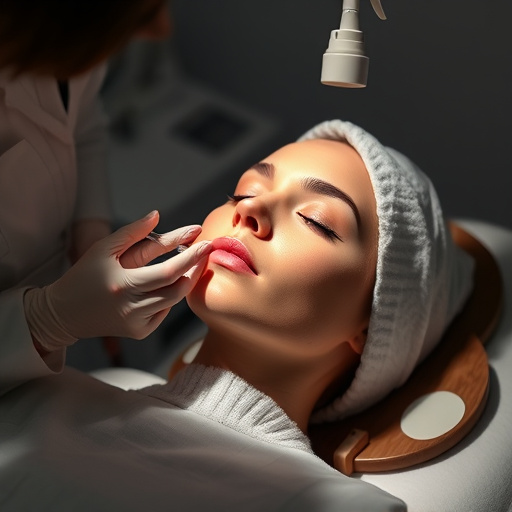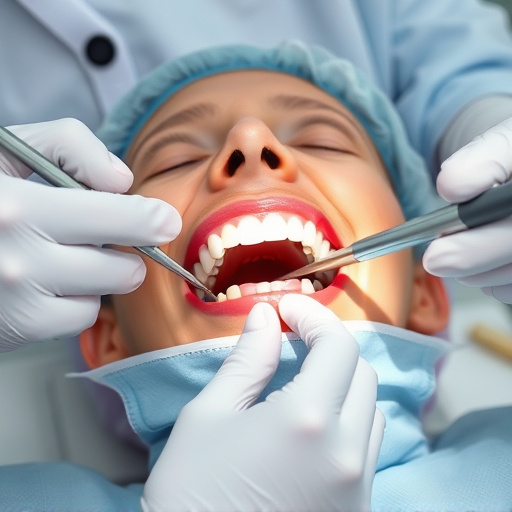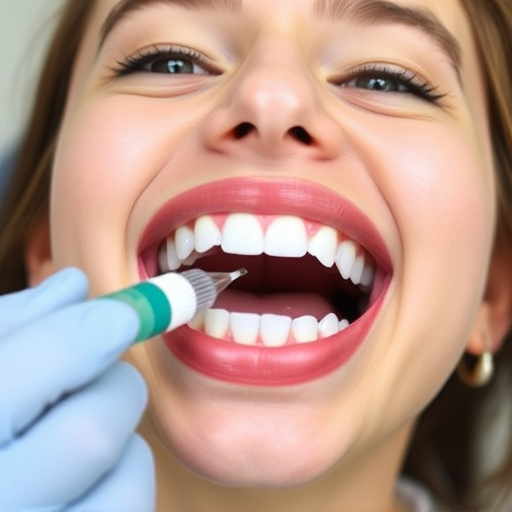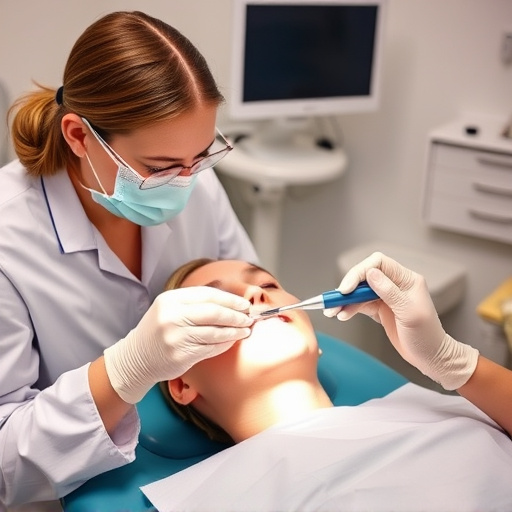Root canal treatment (RCT) requires a sterile environment for patient safety and successful outcomes. Key components include meticulous infection control practices like hand hygiene, PPE usage, autoclave sterilization of instruments, surface disinfection of dental units with EPA-approved disinfectants, and maintaining a sterile field throughout the procedure. Advanced protocols eliminate pathogens like COVID-19, while strict adherence to single-use items and comprehensive hand hygiene further safeguard patients from infections and reduce complications during procedures such as emergency tooth extractions.
Root canal treatments require a meticulous focus on sterility to prevent infections and ensure patient safety. This article delves into the critical importance of creating a safe, sterile environment for successful root canal procedures. We explore key components for maintaining sanitation, highlighting effective disinfection methods, and providing guidance on protecting patients from potential risks during treatment. By understanding these measures, dental professionals can confidently offer root canal treatments with optimal safety standards.
- Understanding the Importance of Sterility in Root Canal Procedures
- Key Components for Creating a Safe and Sanitary Environment
- Ensuring Effective Disinfection and Patient Safety During Treatment
Understanding the Importance of Sterility in Root Canal Procedures
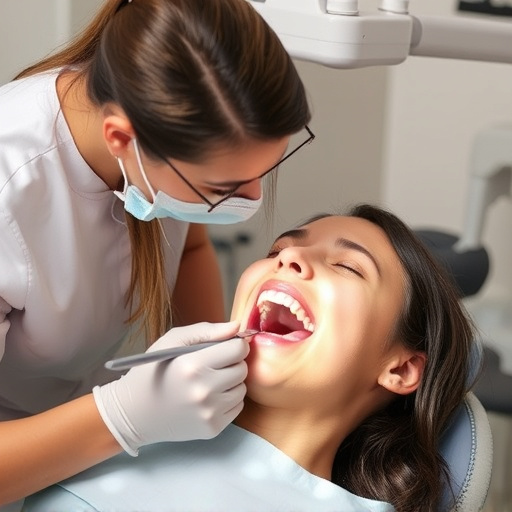
Maintaining a sterile environment during root canal treatment is paramount to ensuring patient safety and successful outcomes. Every step of the procedure must be executed with meticulous care to prevent any contamination, as even minor bacteria or infectious agents can lead to failure of the treatment and potential health risks for the patient.
Sterility in root canal therapy goes beyond simply cleaning instruments. It involves a comprehensive approach that encompasses sterile gloves, masks, and eye protection for dental professionals, along with utilizing sterile solutions and single-use materials whenever possible. This “sterile ecosystem” creates a safe space, minimizing the risk of introducing pathogens and allowing the natural healing process of the tooth to proceed unobstructed, ultimately leading to better long-term results in restorative dentistry.
Key Components for Creating a Safe and Sanitary Environment

Creating a safe and sanitary environment is paramount for effective root canal treatment (RCT). The key components include rigorous infection control practices, starting with proper hand hygiene and donning personal protective equipment (PPE), such as gloves, masks, and eye protection. Sterilization of all instruments and materials used in RCT is crucial, employing autoclave technology to kill any remaining microorganisms. Additionally, surface disinfection of dental units and chairs using EPA-approved disinfectants ensures a clean and safe space for patients.
A sterile field must be maintained throughout the procedure, with drapes and barriers utilized to isolate the treatment area. Proper waste management, including the use of appropriate containers and autoclaving of reusable items, prevents cross-contamination. Moreover, ensuring adequate ventilation in the dental clinic minimizes airborne particle concentrations, vital for maintaining a healthy environment during RCT, especially when considering procedures like wisdom tooth removal or restorative dentistry involving dental crowns.
Ensuring Effective Disinfection and Patient Safety During Treatment
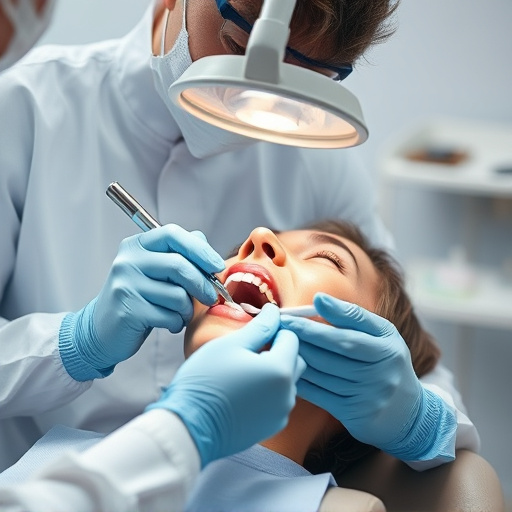
Maintaining a safe and sterile environment is paramount during root canal treatment to prevent infection and ensure patient well-being. Effective disinfection protocols are crucial to eliminate bacteria and viruses, such as COVID-19, from dental instruments and surfaces. Advanced sterilization techniques, like autoclave technology, play a pivotal role in achieving this goal. These methods systematically kill microorganisms, including those resistant to common disinfectants.
Moreover, adhering to strict infection control practices is essential for providing a secure tooth repair experience. This includes donning personal protective equipment (PPE), using single-use items whenever possible, and implementing comprehensive hand hygiene protocols. Such measures not only safeguard patients from infectious diseases but also reduce the risk of complications associated with dental procedures, including emergency tooth extractions.
Root canal treatment requires a meticulous approach to ensure a safe and sterile environment. By understanding the critical role of sterility, implementing key components for sanitation, and prioritizing effective disinfection, dental professionals can guarantee patient safety and successful outcomes. These measures are essential for maintaining the integrity of root canal procedures, fostering trust in dental care, and promoting overall well-being.



